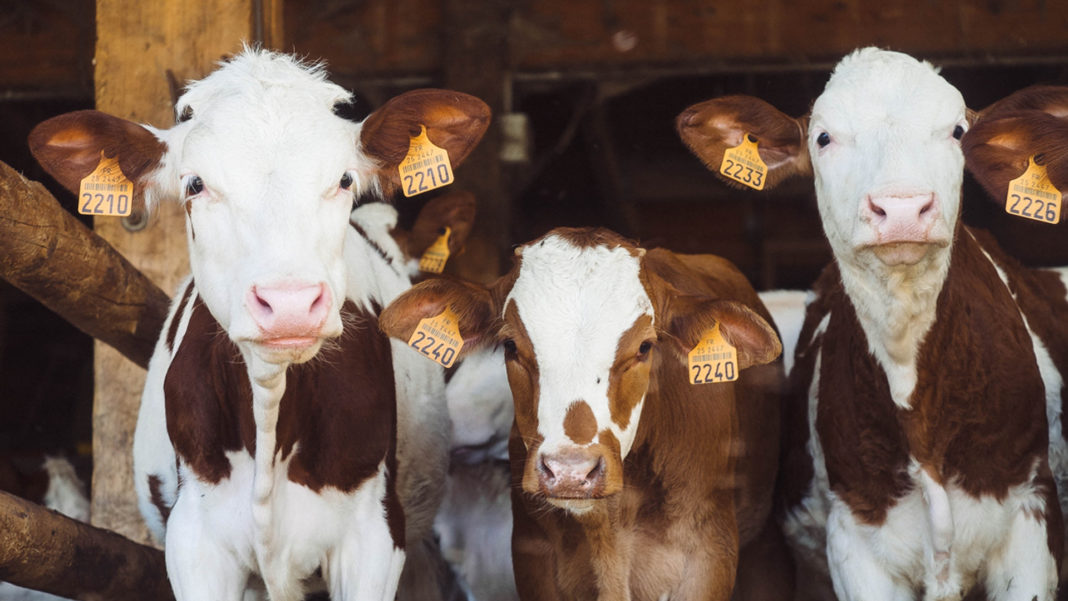From the middle of March to early April is the time when calves are at the highest risk of developing health problems.
It is during this time that calves are at peak, which puts everything on the farm under pressure.
North and East Cork ICMSA chairperson Maurice Walsh, says it is important to take some time to review everything around calf rearing on the farm.
So what are the things we need to take into consideration when ensuring our calves are all in good health at this time of year? Maurice has put together some pointers to take into consideration:
POINTERS
Maintain clean bedding for your calf and ensure the calf has enough space. If you are tight on space, try not to add more calves to the already settled pens. If you have planned ahead of calving season, you will be able to provide some extra space like new shed or hutches. You can always opt to get some early born calves to grass too.
When calving begins to slow, do not mix younger and older calves in the same area. Ensure all pens, are cleaned and disinfected before bringing in a second crop of calves.
Keep all of your registrations up to date. Move out any calves you are selling as soon as possible.
Ensure your later born calves are getting enough colostrum. Double check that standards are being met as well as at the start of calving. Clean and disinfect dump buckets, calf feeding bottles and other equipment as these tend to accumulate dirt over the busy period.
As the calving season progresses, calving pens become a major source for cryptosporidium scour infection for newborn calves. Clean and disinfect these or move them to a new calving area.
Sick calves lead to more work and more stress which is the last thing a farmer needs during a busy calving season. A few check-ins towards the end of March can make a big difference to the health of the calf crop.
Farmers will be all too familiar with the compliance requirements around calving, such as the necessity to tag and register calves within 27 days of their birth. This can be done in seconds and on the go with the Herdwatch App.








